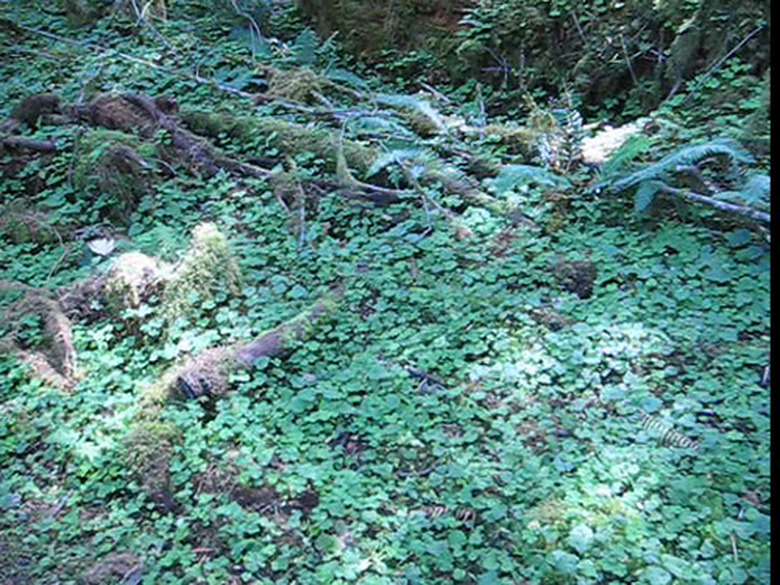What Is The Homalomena Houseplant?
Tropical in origin, Homalomena plants are revered for their foliage and make tidy, attractive houseplants. Bright indirect light and a warm, moist, well-draining soil allow these plants to become lush clumps. Although there are many wild species, few are used ornamentally, often the result of breeding that created varieties with exceptional leaf shapes and colorations.
Nomenclature
Homalomena is the botanical genus name assigned to more than 100 species of tropical plants in the aroid family, Araceae. Sometimes it is used as the hard-to-pronounce common name, but certain species may be commonly dubbed "queen of hearts" or "shield plant," often based on the general shape and color of the leaves.
Nativity
Nearly 135 species of Homalomena are native to the frost-free rain forest understories of southern Asia eastward to Melanesia. In Central America and northern South America there are an additional 12 species.
- Tropical in origin, Homalomena plants are revered for their foliage and make tidy, attractive houseplants.
Growing Requirements
Generally, all species of Homalomena need indirect, filtered light, similar to the shaded conditions on a forest floor. Soil should be fertile but well-draining and be sandy with lots of humus organic matter. Potting soil mixes may be peat-based, but not too dense in texture.
Soil should remain constantly damp to moist, but never waterlogged or soggy to the touch. Dry soils will cause foliage to yellow and diminish, creating a plant with few leaves that are widely spaced. Low humidity will cause leaf edges to brown.
Although evergreen when temperatures are warm enough to avoid frost, foliage can rot or yellow in cool conditions, especially in winter if temperatures drop below 40 degrees F.
- Generally, all species of Homalomena need indirect, filtered light, similar to the shaded conditions on a forest floor.
- Dry soils will cause foliage to yellow and diminish, creating a plant with few leaves that are widely spaced.
Ornamental Features
Certain species and hybrids have foliage that are heart-shaped with smooth and glossy finishes. Others have more arrowhead-like leaves that have small hairs. Regardless, the foliage is a primary ornamental feature, remaining evergreen if temperatures never drop much below 40 degrees F. The finger-like flowers, the spadix, are surrounded by a cloak-like spathe and may be attractive. The flower of Homalomena rubescens is white and blood red.
Selections
Of all the wild species of Homalomena, few are used ornamentally or available for houseplants. Hybrid selections are most common, as they were selected for exceptional plant form, attractive foliage or few, but colorful flowers. Emerald gem has dark green and glossy leaves that are heart-shaped. Purple sword foliage is green and silver spotted with purplish burgundy leaf undersides. Selby leaves are light green with spots and edges of dark green. A powdered gray sheen is seen on the green leaves of pewter dream. Lemon glow leaves are more oval-shaped, but an alluring bright greenish yellow.
- Certain species and hybrids have foliage that are heart-shaped with smooth and glossy finishes.
- Lemon glow leaves are more oval-shaped, but an alluring bright greenish yellow.
References
- Aroid: The Genus Homalomena
- "Tropical Flowering Plants;" Kirsten Albrecht Llamas; 2003
